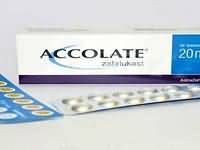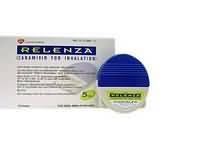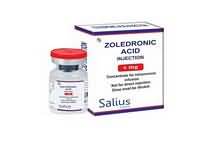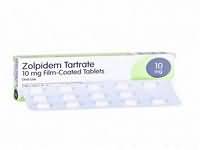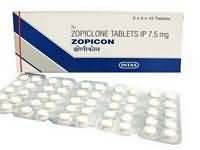Voriconazole

CLINICAL USE
Antifungal: Invasive aspergillosis Fluconazole-resistant serious invasive fungal infections Immunocompromised patients with progressive, possibly life-threatening infections
DOSE IN NORMAL RENAL FUNCTION
IV: 6 mg/kg 12 hourly for 24 hours, then 3–4 mg/kg 12 hourly Oral: <40 kg, 200 mg 12 hourly for 24 hours, then 100–150 mg twice daily >40 kg, 400 mg 12 hourly for 24 hours, then 200–300 mg twice daily
PHARMACOKINETICS
Molecular weight : 349.3 %Protein binding : 58 %Excreted unchanged in urine : <2 Volume of distribution (L/kg) : 4.6 half-life – normal/ESRD (hrs) : 6 (depends on dose)/ Unchanged DOSE IN RENAL IMPAIRMENT
GFR (mL/MIN)
20 to 50 : Dose as in normal renal function 10 to 20 : Dose as in normal renal function <10 : Dose as in normal renal function. See ‘Other Information’ DOSE IN PATIENTS UNDERGOING RENAL REPLACEMENT THERAPIES
CAPD : Probably dialysed. Dose as in normal renal function HD : Dialysed. Dose as in normal renal function HDF/high flux : Dialysed. Dose as in normal renal function CAV/VVHD : Probably dialysed. Dose as in normal renal function IMPORTANT DRUG INTERACTIONS
Potentially hazardous interactions with other drugs Analgesics: methadone concentration increased Antibacterials: concentration reduced by rifabutin; increase dose of voriconazole from 200 to 350 mg and from 100 to 200 mg (depends on patient’s weight), and increase IV dose to 5 mg/kg if used in combination – avoid concomitant use if possible; increased rifabutin levels – monitor for toxicity; avoid concomitant use with rifampicin Anticoagulants: enhanced effect of coumarins Antidepressants: avoid concomitant use with reboxetine Antidiabetics: possibly increased concentration of sulphonylureas Anti-epileptics: concentration reduced by carbamazepine, barbiturates and primidone – avoid concomitant use; phenytoin reduces voriconazole concentration and voriconazole increases phenytoin concentration – double oral voriconazole dose and increase IV to 5 mg/ kg dose if using with phenytoin; avoid concomitant use if possible Antimalarials: avoid concomitant use with artemether/lumefantrine Antipsychotics: increased risk of ventricular arrhythmias with pimozide and sertindole – avoid concomitant use; possibly increased quetiapine levels – reduce dose of quetiapine Antivirals: concentration reduced by efavirenz and ritonavir; also concentration of efavirenz increased – avoid concomitant use with ritonavir; with efavirenz reduce dose by 50% and increase dose of voriconazole to 400 mg twice daily; possibly increased saquinavir levels Benzodiazepines: may inhibit metabolism of midazolam Ciclosporin: AUC increased – reduce ciclosporin dose by 50% and monitor closely Ergot alkaloids: risk of ergotism – avoid concomitant use Lipid-lowering drugs: possibly increased risk of myopathy with atorvastatin or simvastatin . Sirolimus: increased sirolimus concentration – avoid concomitant use Tacrolimus: AUC increased – reduce tacrolimus dose to a third and monitor closely Ulcer-healing drugs: omeprazole concentration increased – reduce omeprazole dose by 50% ADMINISTRATION
Reconstition
19 mL water for injection Route
Oral, IV Rate of Administration
1–2 hours (3 mg/kg/hour) Comments
Not compatible with sodium bicarbonate or TPN solutions Dilute to a concentration of 2–5 mg/mL with sodium chloride 0.9%, Hartmann’s solution or glucose 5% OTHER INFORMATION
Haemodialysis clearance is 121 mL/min Oral bioavailability is 96% Only use IV in renal patients if patient is unable to tolerate oral, as intravenous vehicle (SBECD) accumulates in renal failure. The vehicle is dialysed at a rate of 55 mL/min Take oral dose 1 hour before or an hour after meals Monitor renal function as can enhance nephrotoxicity of other drugs and concurrent conditions Rare reports of acute renal failure and discoid lupus erythematosus occurring Also reports of haematuria, nephritis and tubular necrosis In clinical trials, 30% of patients had visual problems, usually with higher doses .
See how to identify renal failure stages according to GFR calculation
See how to diagnose irreversible renal disease
Home
